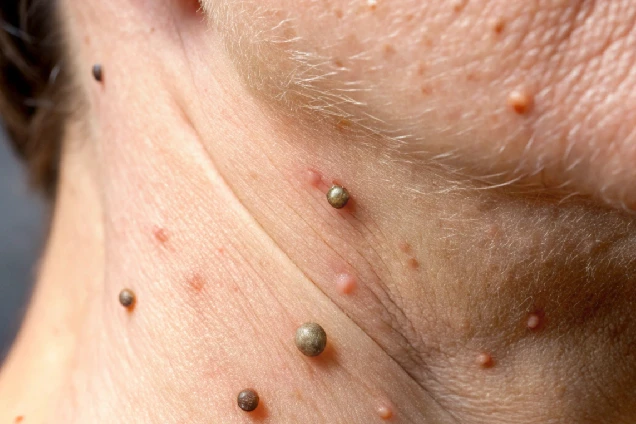
Viral warts are rough looking small growths on the skin caused by the human papillomavirus (HPV). They are common, usually harmless but they look ugly and spread to other people. If they are situated in pressure points, they cause severe pain. They can appear anywhere on the body. They spread by direct contact.
Types of Viral Warts
HPV infection through direct contact with infected skin or contaminated surfaces. If the skin barrier is damaged, due to small cuts or dryness, it can spread more easily. Personal care instruments, if not sterilised properly can transmit these infections. Unhygienic practices followed in the salons can also be a common way of transmission.
If the warts are painful and spreading consult a dermatologist. Follow proper treatment protocols and be watchful about the recurrence.